The Lost Heir: Arthur Tudor At Worcester Cathedral
Note: This is a show notes page accompanying my on-location podcast, recorded in spring 2025.
An Introduction to Worcester Cathedral
Worcester Cathedral sits on the banks of the River Severn, and is considered one of the most fascinating cathedrals in England, renowned for its remarkable blend of architectural styles. The site’s ecclesiastical history began with the founding of the first cathedral in 680. In 983, Saint Oswald constructed a new cathedral and established a monastery alongside it. The current building was begun by Saint Wulfstan in 1084.
Following the dissolution of the monastery in 1540 under Henry VIII, the cathedral suffered significant damage during the English Civil War. From the late seventeenth to the nineteenth centuries, various restoration efforts were undertaken, culminating in a major Victorian restoration between 1864 and 1875 that helped preserve and revive much of the cathedral’s grandeur. Today, visitors can still see the incredible medieval cloisters, the crypt and the magnificent central tower that dominates the Worcester skyline.
Worcester Cathedral is perhaps most famous to Tudor history lovers for being the final resting place of Prince Arthur Tudor, eldest son of King Henry VII and older brother to Henry VIII. Arthur’s sudden death in 1502 at the age of just 15 changed the course of Tudor history. His beautifully carved chantry tomb, located near the cathedral’s high altar, remains a place of quiet reflection.
This episode is the second of a two-part series following the story of Arthur’s time at Ludlow, his precipitous and untimely death there in April 1502, and his body’s subsequent transfer to Worcester Cathedral for burial. You can listen to the first part of the series here. To listen to the second part, click the button below.
Listen to the Podcast!
Worcester Cathedral Image Gallery
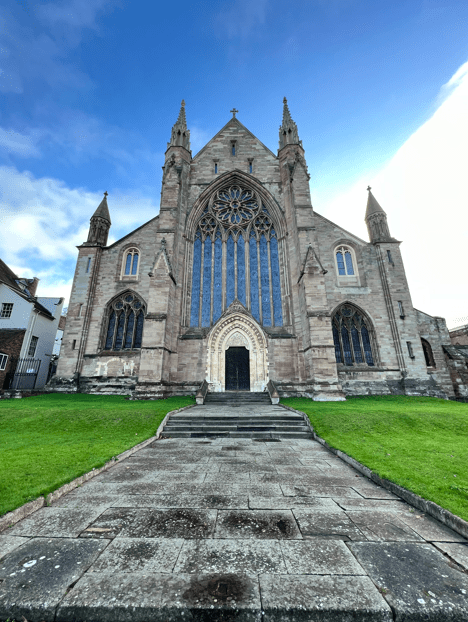
Image © The Tudor Travel Guide.
Sarah with David Morrisson (in front of King John’s tomb) and Chris Gait (inside Arthur Chantry Chapel).
Images © The Tudor Travel Guide.
Left: Inside Arthur Tudor’s chantry chapel.
Right: view of the chantry chapel adjacent to the high altar with King John’s tomb in the foreground.
Images © The Tudor Travel Guide.
The royal coat of arms at one end of the tomb chest.
Images © The Tudor Travel Guide.
View of the exterior of the chantry chapel from the south.
Right: Detail of two of the 19 carved stone panels on the exterior face of the south side of the chantry chapel.
Images © The Tudor Travel Guide.
The brass detail on the Purbeck marble tomb of Griffith ap Rhys.
Images © The Tudor Travel Guide.
Useful Links
Visiting information for Worcester Cathedral is here.
To read more about the tomb of Arthur Tudor, visit my blog here.
To listen to the first part of this two-part series following the story of Arthur’s time at Ludlow, click here.
If you would like to visit other Tudor places in the area, the following might be of interest:
Tudor House Museum
Greyfriar’s House and Garden
Harvington Hall – read my blog here

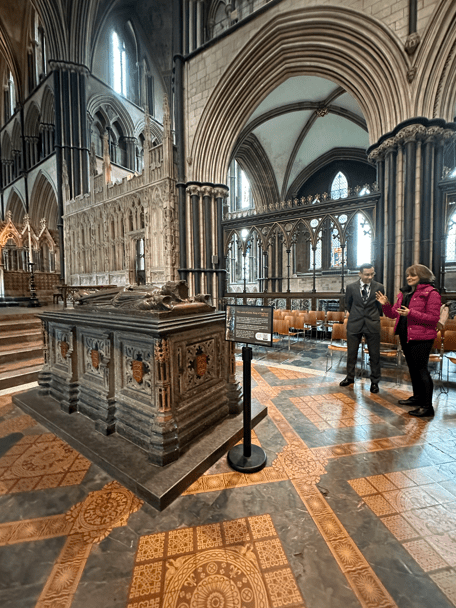
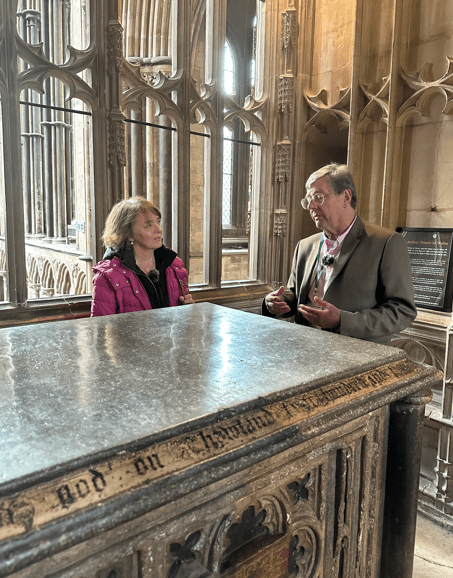
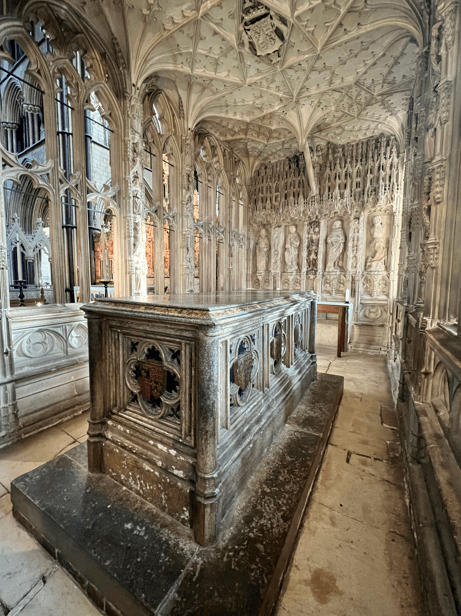
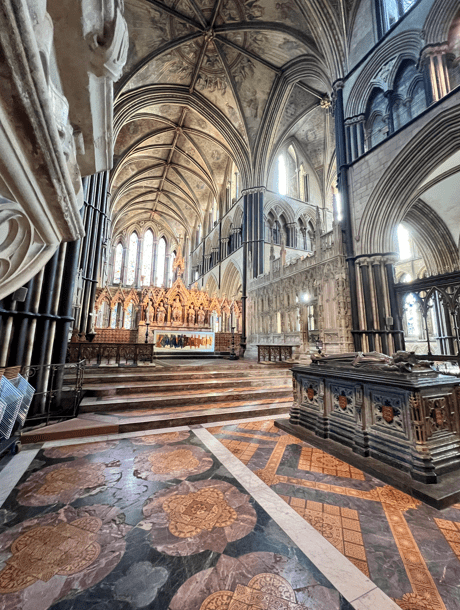
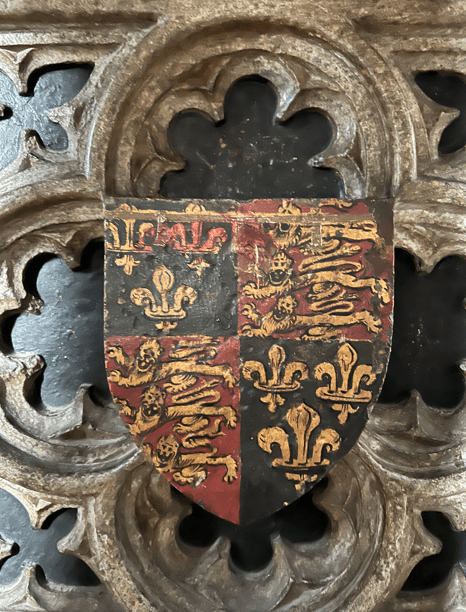
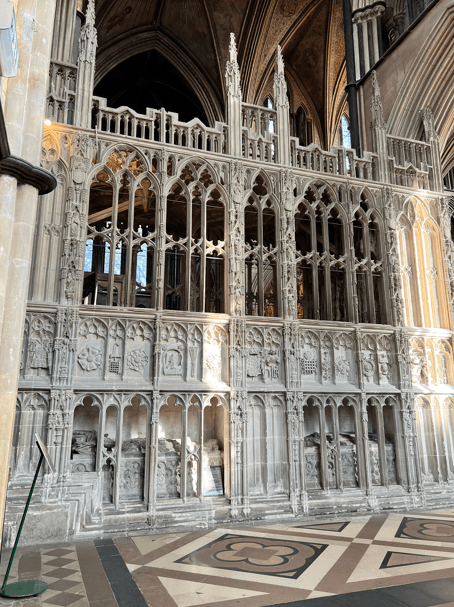
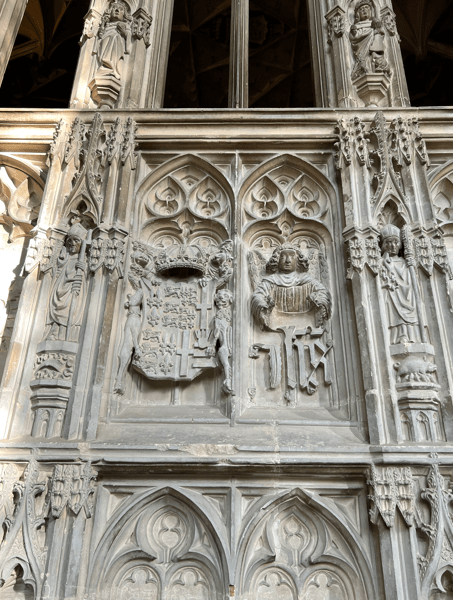
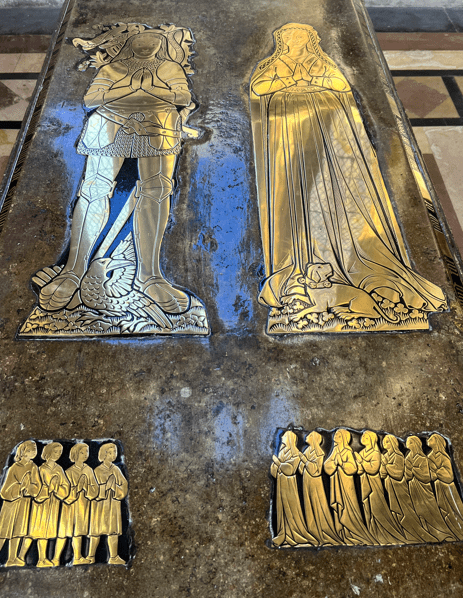
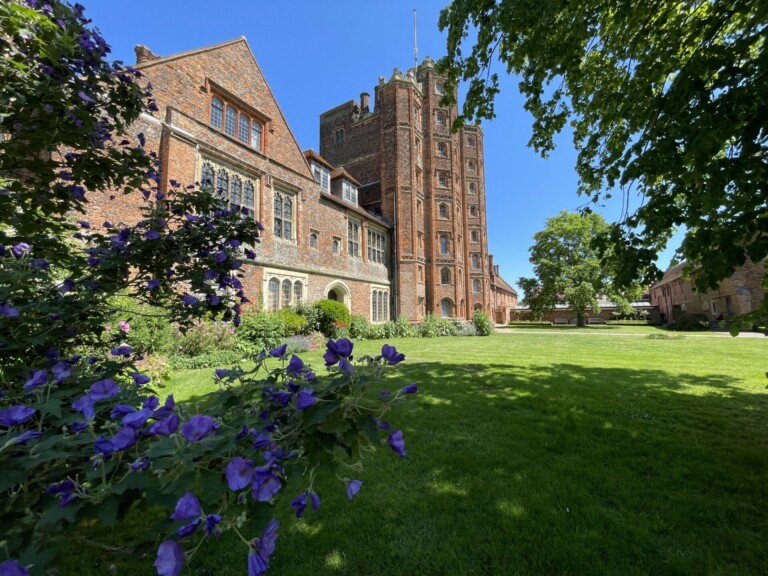
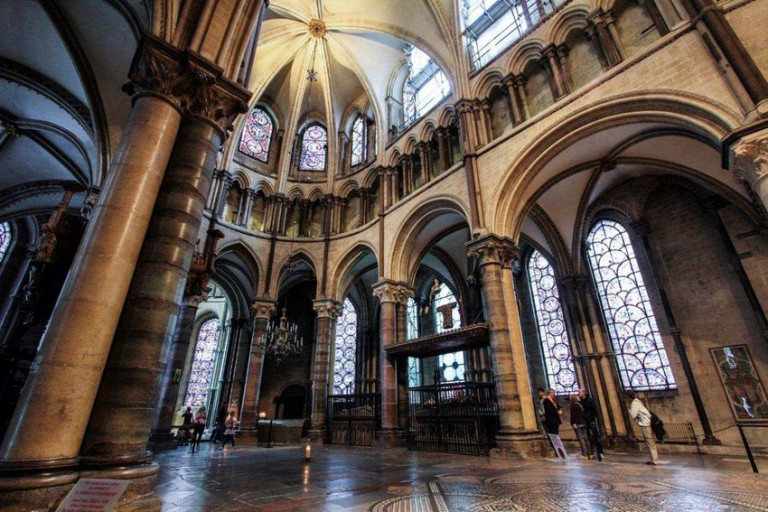
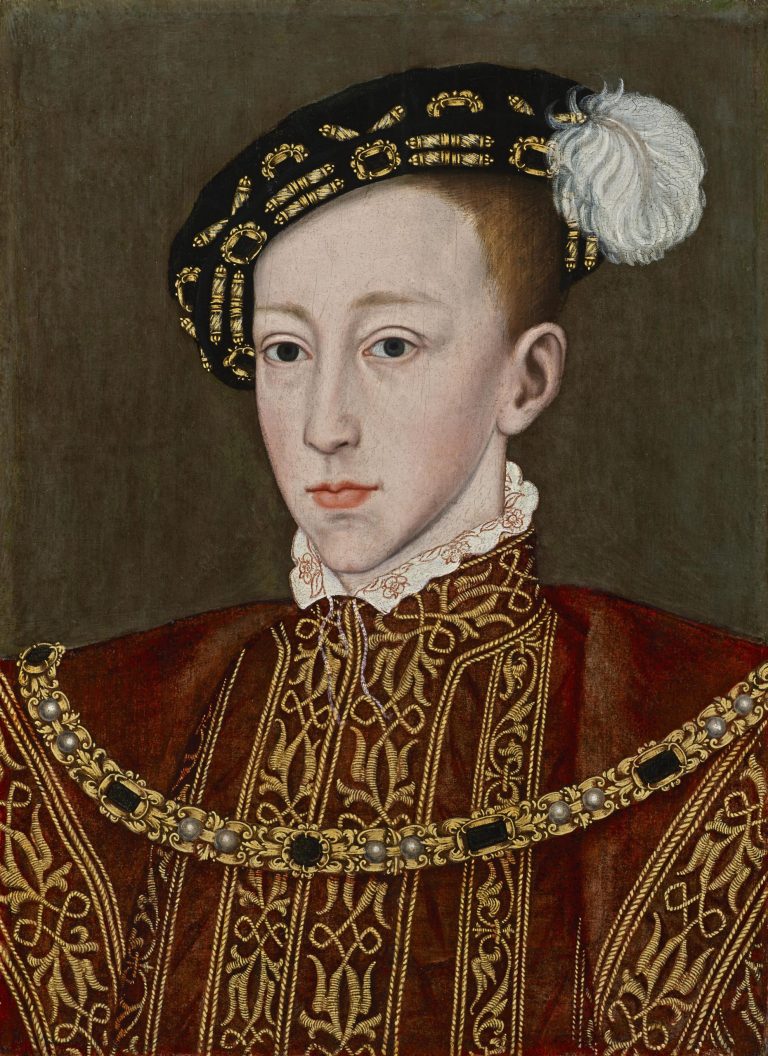
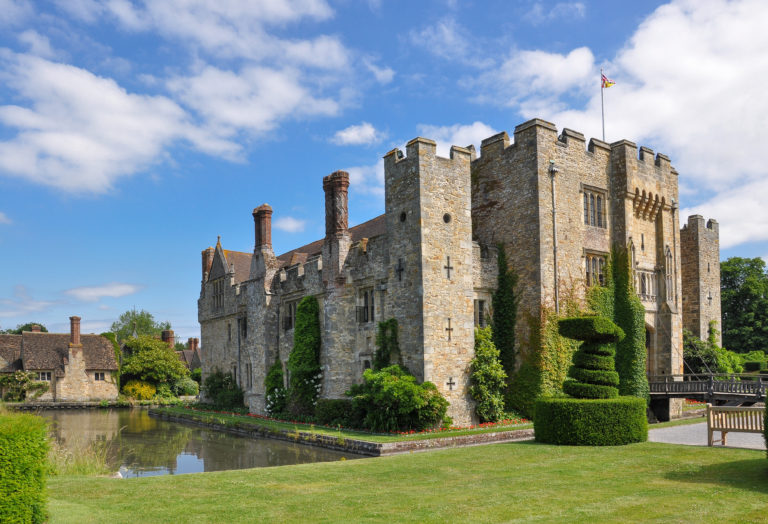
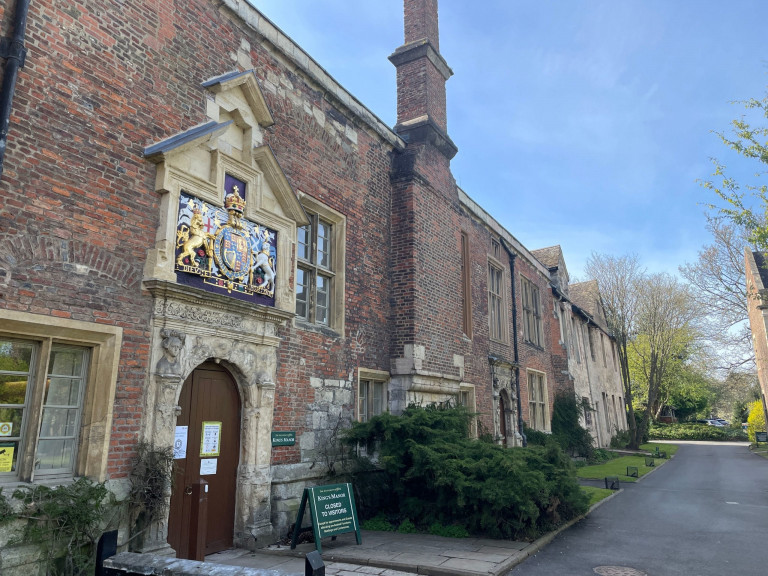
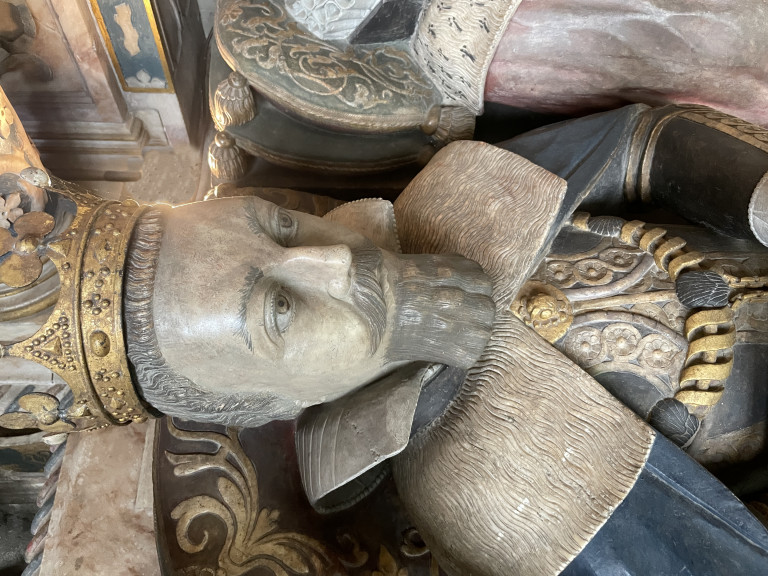
Thank you for sharing this!